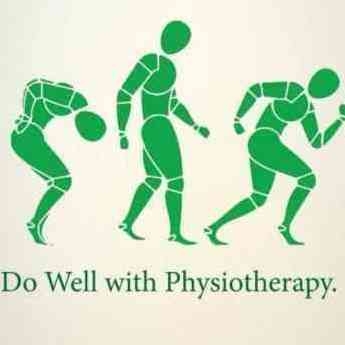+918042754929

This is your website preview.
Currently it only shows your basic business info. Start adding relevant business details such as description, images and products or services to gain your customers attention by using Boost 360 android app / iOS App / web portal.
Tennis elbow is a self-limiting condition, whic...
Tennis elbow is a self-limiting condition, which means it may eventually get better without treatment. Tennis elbow will however mean swelling, pain and limited use of the affected arm, which may need treatment and management of pain. Early treatment can be done simply by self care at home. Recovery time: Tennis elbow will often last between six months and two years. The majority of people (90%) will make a full recovery within a year. You could follow one or more of the following treatment options to deal with pain due to Tennis elbow and improve use of the affected arm. Treatment at home 1.Rest: The most important thing you can do is rest your injured arm and stop doing the activity that caused the problem 2.Ice: Apply ice or a cold pack for 15 minutes three to four times a day. Read more to learn about RICE protocol. 3.Bracing or Elbow support (Read here to know more about braces, bands and straps for Tennis Elbow ) 4.Avoid heavy weight lifting 5.Avoid twisting movements and turning activities of wrist or forearm 6.Modifying activities involving painful movements so they do not place strain on your arm and make the pain worse Physiotherapy treatment Initial management of this condition in Physiotherapy is through pain relieving techniques such as soft tissue massage, joint mobilisation, stretching tight nerves and muscles, dry needling, heat and/or cold therapy and taping. A physiotherapist will assess your arm condition and use a combination of treatments, some of which are: 1.Soft Tissue Massage: A massage therapist can use a range of techniques to release soft tissue, break down tension and realign the fibres. These techniques include myofascial release and transverse friction techniques. 2.Joint mobilisation: This management may include massage around the problem area or gently mobilising the joints of your neck, elbow and wrist. 3.Stretching: As soon as your pain allows, start stretching the area. Extension exercises of the wrist will be the most important stretches you can do to improve your range of motion and to increase the amount of load on the tendon. 4.Hot/Cold therapy: Apply ice to the elbow regularly to reduce the pain and inflammation will be a good start, particularly at the early onset of pain. 5.Kinesio Taping: Kinesio taping or K-taping may help decrease the pain and can reduce the likelihood of injury aggravation. 6.Dry Needling: Dry needling is a technique that is fast gaining appreciation within the physiotherapy world, with many practitioners now trained in the use of acupuncture needles to assist with their client’s pain and rehabilitation. The insertion of needles at varying lengths and points are thought to alter the way pain signals are transmitted by nerve pathways.

